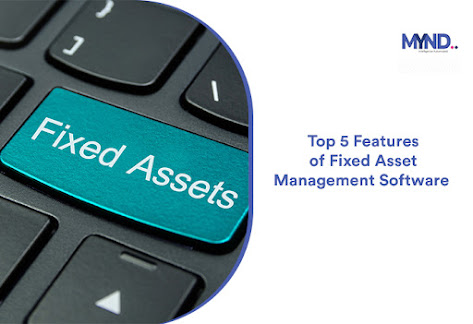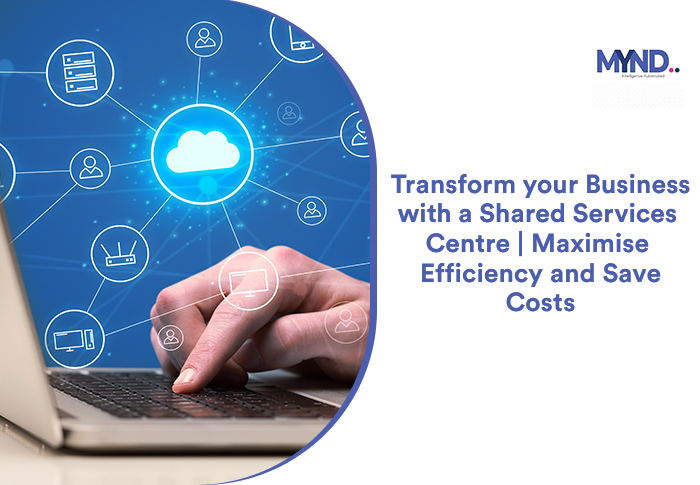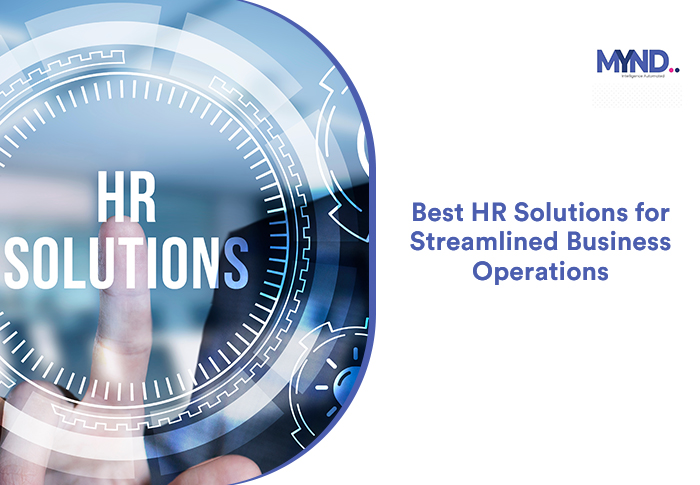Top 5 Features of Fixed Asset Management Software
 |
What is Fixed Asset Management Software and What Purpose does
it Serve?
Fixed asset management software is a valuable tool for
businesses and fixed asset management companies alike. It assists in tracking,
managing, and maintaining various fixed assets, such as equipment, machinery,
vehicles, and buildings. The software enables businesses to enhance asset
utilisation, cut costs, and ensure compliance with regulations. Fixed asset
management companies also rely on such software to keep tabs on their
assets' value, location, and depreciation. It aids in efficiently managing
maintenance schedules and generating essential reports, making it an
indispensable asset for them.
Top 5 Features of Fixed Asset Management Software
There are several features that make fixed asset management
software an essential tool for businesses. In this blog post, we will discuss
the top 5 features of fixed asset management software.
·
Feature 1: Asset Tracking
One of the most important features of fixed asset management
software is asset tracking. This feature allows businesses to keep track of
their fixed assets, their value, and their location. With this feature,
businesses can easily locate their assets and ensure that they are being used
efficiently.
·
Feature 2: Depreciation Calculation
Another important feature of fixed asset management software
is depreciation calculation. This feature helps businesses calculate the
depreciation of their fixed assets over time. This is important for tax
purposes and for determining the value of the assets.
·
Feature 3: Maintenance Scheduling
Fixed asset management software also helps businesses
schedule maintenance for their fixed assets. This feature ensures that the assets
are maintained properly and are in good working condition. This can help extend
the life of the assets and reduce repair costs.
·
Feature 4: Reporting and Analytics
Reporting is another important feature of fixed asset
management software. This feature allows businesses to generate reports on
their fixed assets. These reports can include information on the value,
location, and condition of the assets. This information can be used for
decision-making and planning purposes.
·
Feature 5: Integration with Other Systems
Fixed asset management software can also be integrated
with other systems, such as accounting and inventory management systems. This
integration allows for seamless data transfer between systems and can help
improve efficiency and accuracy.
What Kind of Benefits does Each of these Features Provide?
Every feature of the fixed asset management software serves a
distinct purpose. Let's take a closer look at some of those.
·
Asset tracking: Asset tracking is essential for
businesses that want to optimise their asset utilisation. By tracking the
location and condition of their assets, businesses can identify assets that are
underutilised and take steps to improve their utilisation. Asset tracking can
also help businesses identify assets that need maintenance.
·
Depreciation management:
Depreciation management is important for businesses that want to accurately
track the value of their assets. By tracking depreciation, businesses can
calculate the book value of their assets and make financial decisions based on
this information.
·
Maintenance scheduling:
Maintenance scheduling is essential for businesses that want to prevent
unplanned downtime. By scheduling maintenance for their assets, businesses can
ensure that their assets are properly maintained and that they are available
when needed.
·
Reporting and analytics: Reporting
and analytics are essential for businesses that want to make informed decisions
about their assets. By generating reports and performing analytics on their
asset data, businesses can identify trends, make improvements, and comply with
regulations.
·
Integration: Integration is essential for
businesses that want to streamline their processes and improve data accuracy.
By integrating their fixed asset management software with other systems,
businesses can avoid duplicate data entry and improve the accuracy of their
data.
Benefits of Fixed Asset Management Software
Fixed asset management software offers many benefits to
businesses. It helps to improve efficiency, reduce costs, and increase
accuracy. By using this software, businesses can better manage their fixed
assets and make informed decisions.
Some notable benefits of fixed asset management
software include:
·
Improved asset utilisation
·
Reduced costs
·
Increased compliance
·
Improved decision-making
·
Increased visibility into asset data
·
Reduced risk of asset loss or damage
·
Increased employee productivity
Factors to Consider When Onboarding a Vendor for Fixed Asset
Management Software
·
When bringing a vendor on board for fixed asset
management software, there are several crucial factors to keep in mind.
First and foremost, conducting due diligence is essential. Understand all the
relevant legal and compliance regulations, both internally and on a global
scale, that apply to your business.
·
Next, it's vital to educate yourself about the
technical challenges specific to supplier onboarding in your industry.
·
Prequalifying vendors is another critical step. Reduce
the risk of fraud and complications by thoroughly evaluating potential
candidates based on their track record, willingness, and ability to meet your
vendor criteria.
·
Contracts play a pivotal role. Depending on the types
of vendors you work with, you may need different contract agreements. For
strategically significant suppliers, you might even require additional
governance measures.
·
Security should be a priority at every stage of the
process, from planning to final payment. Utilise robust security software to
safeguard your financial resources and sensitive business data.
·
Integration with your existing internal platforms and
systems should be seamless. The vendor onboarding software should be easily
adaptable.
·
A self-service portal for vendors is a valuable
feature, streamlining the onboarding process.
·
Don't overlook security. Ensure that the vendor's
onboarding software has robust security measures in place to protect against
cyber threats and data breaches.
·
Last but not least, consider customer service. A
responsive and effective customer service function is crucial for maximising
the software's potential and ensuring its users are successful. Therefore, it's
one of the most important prerequisites when selecting an asset management
solution vendor.
Why MYND is the Best Partner/Vendor for Fixed Asset
Management Software
MYND is a leading global business process and technology
management company that offers fixed asset
management services and solutions. Their fixed asset management
solution helps clients manage their fixed asset
management and capitalization as an end-to-end service provider
covering the broad areas of capitalization, lifecycle management, physical
verification and tagging, and process setup. MYND facilitates establishing best
practices through setting up quantitative controls on fixed assets. With the
help of automation, they make sure that you track, manage, and comply with your
enterprise fixed assets across group companies or individual branches, along
with asset verification. This eases the burden of tracking your fixed assets
and reconciling them with the books, thus avoiding auditing and reporting
errors.
Conclusion
Fixed asset management software is an essential tool for businesses that want to manage their fixed assets effectively. The top 5 features of this software include asset tracking, depreciation calculation, maintenance scheduling, reporting, and integration with other systems. By using this software, businesses can improve efficiency, reduce costs, and make informed decisions.



Comments
Post a Comment